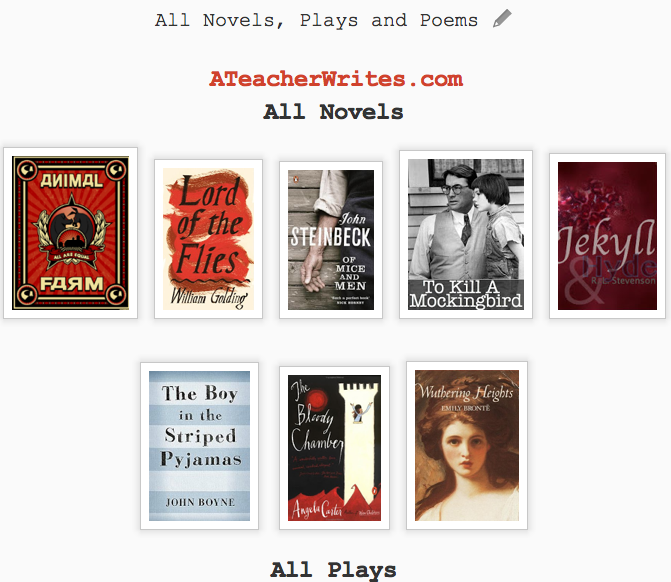

+ Moon on the Tides Resources
+ Get an essay on Something Old, Something New, here.
The short story, Compass and Torch, tells the experience of a father and son that go on a camping trip, to try and form a relationship, after being distant for “one year.” In this story, many relationships are evident: between the boy and his mother, the boy and his step-father and the boy and his biological father.
‘man’ also suggests – what it is to be a man, the boy modelling his identity on the absent father – a feeling of incompleteness in himself. His mother’s harsh opinions of the father are warping the boy’s centre.
At the beginning of the narrative, Baines addresses the boy and father as “boy” and “man.” The use of the word “man” signifies a lack of relationship between the father and son, as the word “man” resembles an outsider. Moreover, the short sentence, before the main characters are addressed, signifies that their relationship is destined “end.” In addition, the vivid description of the “open moor” has been used by Baines increasingly well. The use of the words “bleached” and “bruised” both suggest that their relationship has been damaged, but, the boy is excitedly “looking ahead” and wanting to give his dad a chance.
The boy’s excitement of meeting his dad is communicated in the first paragraph. Short sentences are used highly effectively to make the reader want the trip to be a success. The sentence, “the boy is intent,” suggests how excited the boy is about meeting his father, after “one year.” He drinks in “the essence of dadness,” which is used by Baines to symbolically infer how much the boy has missed having his dad around, to look up to. We can see that the dad is nervous about talking to his son, as he believes that his son may not want to talk to him. His son has a “glitter of anxiety” in his eyes, which causes his father to sear away, with guilt. The use of the word “glitter” shows that the boy is trying to hide his nervousness, but cannot help it, because of his dad’s urge to complete things in a abrupt manor.
Another way in which Baines presents their relationship is through the use of natural imagery in the story. She uses juxtaposition by comparing the horses’ naturalistic relationship to the father and boy’s relationship. One horse “sighs” and “lets out a streaming stream,” which should “fascinate” any eight-year-old boy, but it doesn’t, which shows how unnatural they are. Also, another interpretation of the horse is that it is like the mother, keeping an eye on the father and son, due to her lack of trust in the father. The horse looks “through dark, deep-fringed eyes.” The use of the word “dark” could suggest the evilness of the boy’s father.
or dark could symbolise mystery, the unknown. The mother speaks harshly of the father, and he seems a blank – we don’t get his thoughts (POV) clearly until the end when we have the abrupt, shocking description of his emotional pain.
Baines has called the short story “Compass and Torch” as, together, they symbolically indicate the father and son’s way to happiness and a relationship. When the boy realises that his father has a torch too he feels intrigued to know about how similar his father is to himself. The question about the torch develops into a conversation, in which the father and son begin to get to know each other. Metaphorically, this seems realistic as they have the first piece to their path to happiness. Soon into the conversation, however, the readers realise that the father and son don’t have a compass. This then foreshadows that, because they don’t have the light and direction to happiness, their relationship is destined.
The use of the first-person narrator causes the inner-feelings of the father (we don’t get his emotions clearly until almost the very end) and the son to be communicated separately, which don’t indicate that they are united. This is use of narrative is used through most of the story, but when Baines describes the relationship between the horses she uses the omniscient-narrator to compare the relationship amongst the horses to the relationship between the man and the boy. The omniscient narrator (i think it might actually be ‘third person close focus’ most of the time – as it focusses very closely on the boy usually) allows the feelings of all the horses to be communicated at once, which shows how united they are. The technique of juxtaposition is used again and, this time, to highlight how united the horses are compared to the boy and his father.
Finally, Baines uses punctuation and short sentences to symbolically indicate the limited relationship between the father and his son. This is lovely!!! For example, the boy is asking his dad a question that could be the start of a discussion, but the dad answers restrictedly, in a short sentence. This conversation continues in the form of restricted answers, which indicate how far-apart they are and how little they have in common – which is different from the normal relationship a father is expected to have with his son.
The author, Melanie Kendry, is an Oxford graduate, outstanding-rated English Language and Literature teacher and of ages 10-18 in the British education system. In 2012, she was nominated for Pearson’s Teaching Awards. As a private tutor, she raises grades often from C to A. Her writing is also featured in The Huffington Post. She offers private tuition in the Haywards Heath area, West Sussex.






